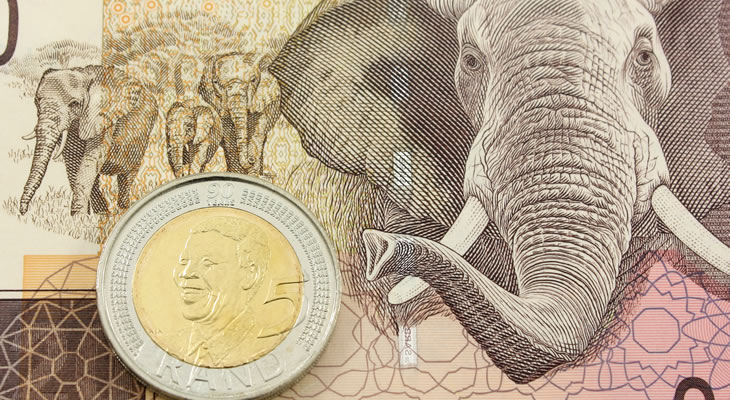The Pound Sterling to South African Rand (GBP/ZAR) exchange rate gave up some of its earlier gains after weaker than forecast data out of the USA softened demand for the US Dollar and allowed currencies like the Rand to regain lost ground.
The Rand was also supported by data which showed that retail sales rose 2.6% year-on-year in November, above market expectations but lower than a revised 3.2% expansion recorded in October.
Earlier the Pound Sterling to South African Rand (GBP/ZAR) exchange rate strengthened on Wednesday as concerns over global economic growth, falling commodity prices and soft domestic South African data combined.
Commodities Rout Hits Rand
In Asia, copper prices fell the most in almost six years as the metal followed the other commodities lower as prices continued to collapse. As South Africa is a major mineral exporter, the Rand was weakened by the sharp declines. Iron ore and coal prices also fell as oil prices and falling producer currencies combined to slash supply costs.
The South African Rand fell alongside other emerging market and commodity based currencies after the World Bank cut its global economic growth forecasts and said that the world economy is now too reliant on the USA.
The bank blamed reduced prospects for growth in the Eurozone, the state of finances in Japan and some big emerging economies for its decision to cut its 2015 global growth forecast to 3% from 3.4%.
‘Europe has been pretty sluggish, China’s still got a property overhang, Japan’s entered recession. You’ve got the US and UK going fine, so it’s a patchy global growth picture, but it’s one that has definitely deteriorated from six months,’ said Daniel Morgan from UBS.
South Africa Manufacturing Activity Falls
The South African Rand was also weakened by the release of domestic economic data, which showed that activity in the nation’s manufacturing sector fell in December 2014. The Kagiso purchasing managers index (PMI) dropped to a reading of 50.2 from 53.3 in November. Any figure above 50 indicates expansion whilst a number below indicates contraction.
Kagiso Asset Management head of research Abdul Davids said the magnitude of the decline was surprising and was possibly due to power utility Eskom’s electricity load shedding and mandatory cutbacks by large industrial users.
Domestic Weakness Also weakens Rand
“The rand in its own right remains fragile,” market watchers from ETM Analytics said in a market note.
Manufacturing activity was impacted by continuing electricity shortages and more cuts are expected as Eskom struggles to keep the lights on and factories producing. The chronic electricity shortages will continue to weigh on output and confidence in the local economy.

